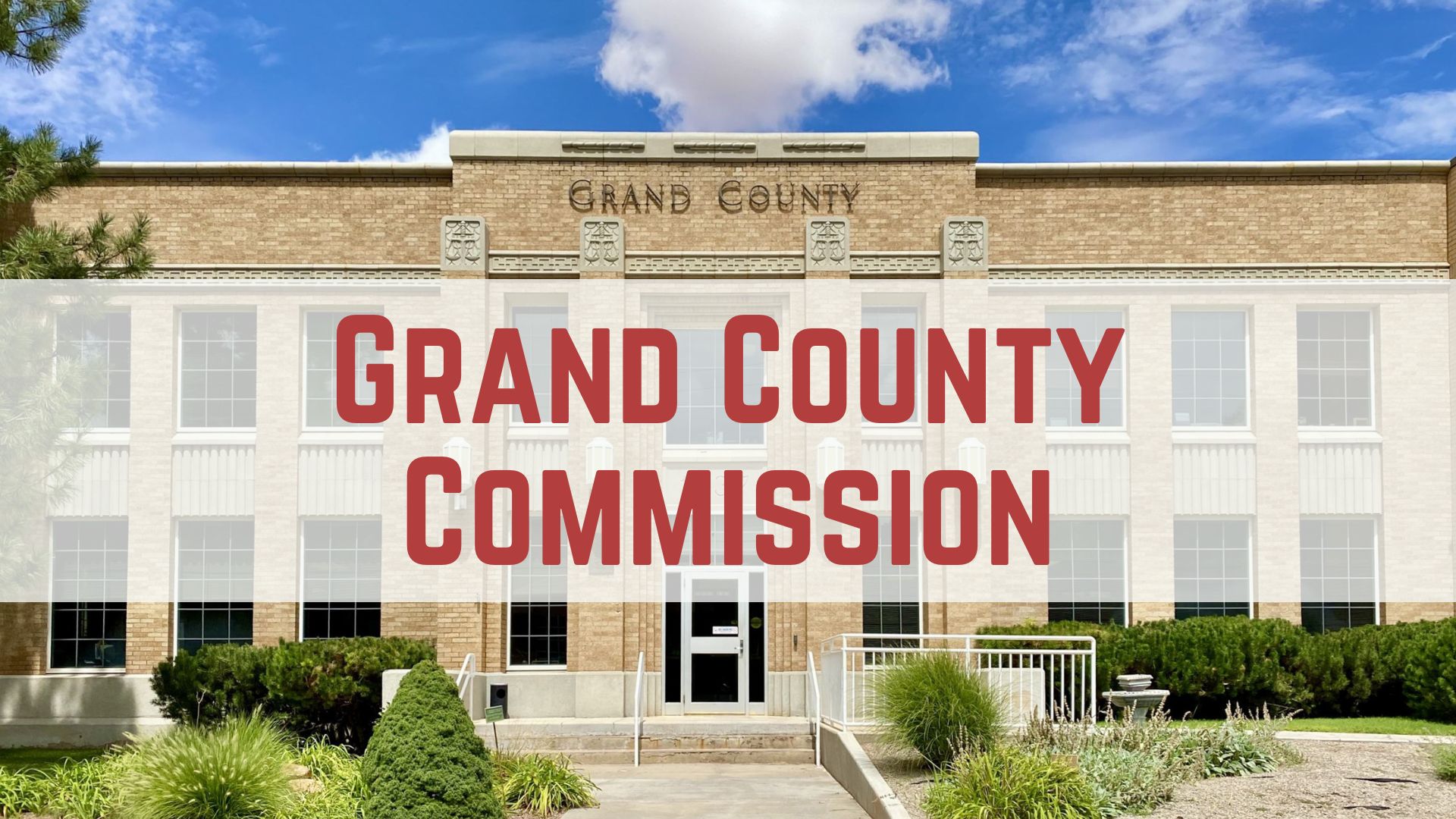Some information may be outdated.
On Nov. 1, the Grand County Change in Form of Government Study Committee sent a letter, signed by study committee chair Stephen Stocks, to a host of recipients including county council members, the Grand County Attorney, the Grand County Clerk / Auditor, and state legislators, as well as San Juan County Commissioners, the Utah Office of Legislative Research and General Counsel, and the Utah Association of Counties.
The letter outlined issues the study committee has encountered with the change of government process and how that process may be improved.
The letter was sent along with another document titled “The Grand County Experience” that had more of the specifics of the study committee’s process change recommendations.
“Our purpose in writing to you is to explain some of the difficulties we have encountered along the way and to suggest several significant amendments … which might help to avoid similar problems for other counties in the future,” the letter said.
In March, the study committee undertook the task of recommending a form of government for Grand County that adheres to new state law, an “optional plan.” House Bill 224, passed during the 2018 session of the Utah Legislature, made Grand County’s current form of government out of compliance.
The letter said that there are two main problems with the current law that dictates how counties change their form of government.
“First, it is far too complex, especially regarding the procedures to initiate the process; second, it needs to be more specific about the role of the existing county government in preparing and implementing a proposed optional plan,” the letter said.
“Regarding complexity,” the letter continued, “in our efforts to understand and apply the law, we found it dense, convoluted and filled with exceptions, twists and switch-backs. In places, it is almost impossible for lay persons or even attorneys to decide what the law requires. This confusion led to problems with Grand County’s efforts to even begin the process and litigation was immediately filed to contest the way the members of the appointment council were picked.”
The letter said that, because of the litigation, Grand County’s change of process was delayed nearly four months.
“(T)his delay ultimately made it difficult to have a ballot question ready for the voters in November 2019 and contributed to postponing the vote of the people until 2020 at the earliest,” the letter said, adding that the delay led to the study committee “redoubling” their efforts to draft
an optional plan in time for the 2019 election.
“We engaged in community outreach using several methods and we felt that we had a good sense of what the people of Grand County wanted in a new government,” the letter said. “We adopted a plan including a county council comprised of two council members elected from districts and three members elected at large. We hired an expert to help draw up council district boundaries that were as equal in population as possible, in order to preserve ‘one person, one vote’ ideals.”
The letter said the committee was able to prepare a final draft optional plan by the late summer of 2019, near the deadline to be on the ballot that November.
Per the law, the draft plan was submitted to the Grand County Attorney, Christina Sloan, for legal examination and review.
“In that review, the attorney identified what she found to be disqualifying legal problems with the draft,” the letter said.
According to the letter, Sloan determined that creating and establishing boundaries for council districts was not legally within the power of the Study Committee and could not be included in the optional plan; and, only the county council could set the dates for the election, and the adoption date of the optional plan could not be included in the plan.
“The Study Committee disagreed with these conclusions and felt it important that something as vital as setting council district boundaries is an essential part of the optional plan,” the letter said.
“We further felt that, as an ideal, the existing county government should not have a role in either
drafting or adopting the new plan of county government,” the letter said, adding that several provisions in the law led them to believe that law makers did not intend the existing government to draft the optional plan.
“That said, we acknowledge that the law is unclear on where the districting power lies and
it would be valuable for the Legislature to clearly explain that authority in Chapter 17-52a,” the letter said. “We strongly feel that the power ought to be clearly delegated to the Committee, which is vested by the Legislature with significant powers and responsibilities to prepare the optional plan in a manner free from any allegations or perceptions of interference by the existing government.”
The letter concluded by saying, “This unfortunate delay can be avoided for other counties in the future by simplifying the procedures for starting the process and by specifying the degree of involvement of the existing county government in drafting the optional plan.”
Appreciate the coverage? Help keep local news alive.
Chip in to support the Moab Sun News.




